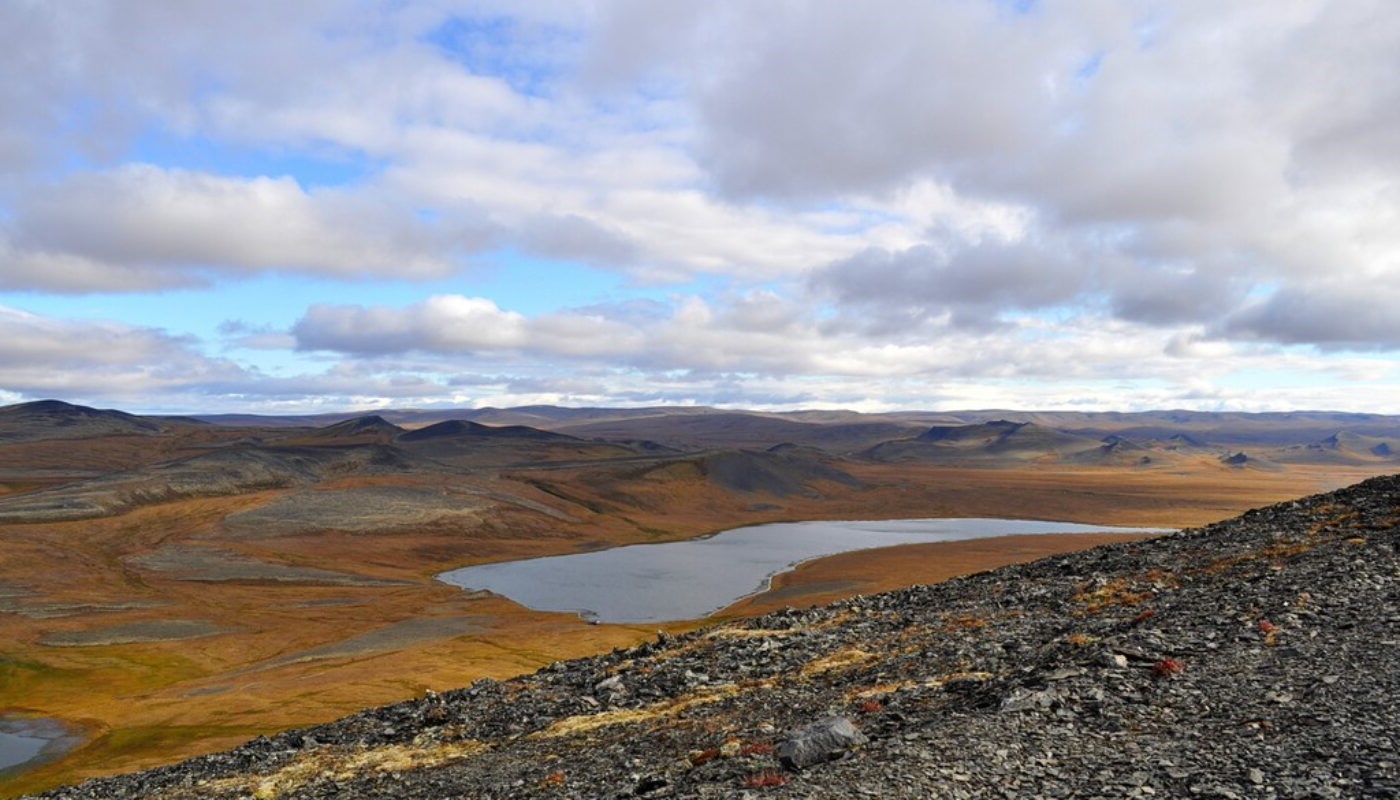
What makes the Arctic Tundra so fascinating? This unique biome, located at the northernmost part of Earth, is a land of extremes. Temperatures can plummet to bone-chilling lows, yet life thrives in surprising ways. Permafrost, a layer of permanently frozen soil, dominates the landscape, affecting everything from plant growth to animal habitats. Despite the harsh conditions, the Arctic Tundra is home to a variety of wildlife, including polar bears, arctic foxes, and migratory birds. The short summer brings a burst of life, with wildflowers blooming and animals bustling to make the most of the brief warmth. Adaptation is key here, with plants and animals evolving unique strategies to survive. Ready to learn more? Let's dive into 29 intriguing facts about this incredible ecosystem!
The Arctic Tundra: A Frozen Wonderland
The Arctic Tundra is one of the most fascinating and extreme environments on Earth. This vast, icy landscape is home to unique wildlife, breathtaking scenery, and some surprising facts.
-
The Arctic Tundra spans across North America, Europe, and Asia, covering about 20% of the Earth's surface.
-
Temperatures in the Arctic Tundra can drop as low as -50 degrees Fahrenheit in winter.
-
Despite the harsh conditions, around 1,700 plant species thrive here, including mosses, lichens, and shrubs.
Unique Wildlife of the Arctic Tundra
The Arctic Tundra hosts a variety of animals adapted to the cold, barren environment. These creatures have developed unique traits to survive the extreme conditions.
-
The Arctic fox has a thick fur coat that changes color with the seasons—white in winter and brown in summer.
-
Caribou, also known as reindeer, migrate up to 3,000 miles annually in search of food.
-
Polar bears, the largest land carnivores, rely on sea ice to hunt seals, their primary food source.
The Permafrost: Frozen Ground Beneath
Permafrost is a defining feature of the Arctic Tundra. This layer of permanently frozen soil affects everything from plant growth to infrastructure.
-
Permafrost can be hundreds of feet thick, with some areas reaching depths of over 1,500 feet.
-
When permafrost thaws, it releases methane, a potent greenhouse gas, into the atmosphere.
-
Buildings and roads in the Arctic Tundra are often constructed on stilts to prevent damage from shifting permafrost.
Seasonal Changes in the Arctic Tundra
The Arctic Tundra experiences dramatic seasonal changes, with long, dark winters and short, intense summers.
-
During the summer, the sun doesn't set for weeks, creating a phenomenon known as the Midnight Sun.
-
Conversely, the winter months bring Polar Night, a period of continuous darkness lasting up to two months.
-
The brief summer season triggers a burst of life, with plants blooming and animals breeding in a short window of time.
Human Life in the Arctic Tundra
Despite its harsh conditions, people have lived in the Arctic Tundra for thousands of years. Indigenous communities have adapted to the environment in remarkable ways.
-
The Inuit people have traditionally relied on hunting and fishing for survival, using tools and techniques passed down through generations.
-
Traditional Inuit clothing, made from animal skins and fur, provides excellent insulation against the cold.
-
Modern technology, such as snowmobiles and satellite communication, has transformed life in the Arctic Tundra.
The Arctic Tundra and Climate Change
Climate change is having a profound impact on the Arctic Tundra, altering its landscape and ecosystems.
-
The Arctic is warming at twice the rate of the global average, leading to melting ice and thawing permafrost.
-
Shrinking sea ice is threatening the habitat of polar bears and other wildlife.
-
Rising temperatures are causing shifts in plant and animal populations, with some species moving northward.
The Arctic Tundra's Unique Ecosystem
The Arctic Tundra's ecosystem is a delicate balance of plants, animals, and microorganisms, all adapted to the extreme environment.
-
Lichens, a symbiotic relationship between fungi and algae, are a crucial food source for caribou.
-
Arctic hares have large hind feet that act like snowshoes, helping them move across the snow.
-
Snowy owls, with their keen eyesight and silent flight, are skilled hunters of small mammals.
The Beauty of the Arctic Tundra
Despite its harsh conditions, the Arctic Tundra is a place of stunning natural beauty, with unique landscapes and phenomena.
-
The Northern Lights, or Aurora Borealis, are a spectacular light show caused by solar particles interacting with the Earth's atmosphere.
-
Icebergs, formed from glaciers, can be seen floating in the Arctic Ocean, creating a dramatic and ever-changing seascape.
-
The tundra's vast, open spaces offer breathtaking views and a sense of solitude rarely found elsewhere.
The Arctic Tundra's Role in the Global Ecosystem
The Arctic Tundra plays a crucial role in the Earth's climate and ecosystems, influencing weather patterns and carbon cycles.
-
The tundra acts as a carbon sink, storing vast amounts of carbon in its frozen soil.
-
Changes in the Arctic Tundra can have ripple effects on global weather patterns, affecting everything from ocean currents to storm systems.
-
The Arctic Tundra's unique biodiversity provides valuable insights into adaptation and resilience in extreme environments.
Challenges and Conservation Efforts
The Arctic Tundra faces numerous challenges, from climate change to human activities. Conservation efforts are crucial to preserving this unique environment.
The Arctic Tundra: A World of Wonders
The Arctic Tundra is a fascinating place full of unique wildlife, extreme climates, and stunning landscapes. From the resilient plants that thrive in harsh conditions to the incredible adaptations of animals like the Arctic fox and polar bear, this region showcases nature's ingenuity. The permafrost and ice play crucial roles in our global climate, acting as a carbon sink and reflecting sunlight. Despite its remote location, the Arctic Tundra impacts us all, reminding us of the importance of conservation and sustainable practices. Whether you're a nature enthusiast or just curious about our planet, the Arctic Tundra offers endless wonders to explore. So next time you think about the cold, remember the vibrant life and beauty that thrives in the Arctic Tundra.
Was this page helpful?
Our commitment to delivering trustworthy and engaging content is at the heart of what we do. Each fact on our site is contributed by real users like you, bringing a wealth of diverse insights and information. To ensure the highest standards of accuracy and reliability, our dedicated editors meticulously review each submission. This process guarantees that the facts we share are not only fascinating but also credible. Trust in our commitment to quality and authenticity as you explore and learn with us.


